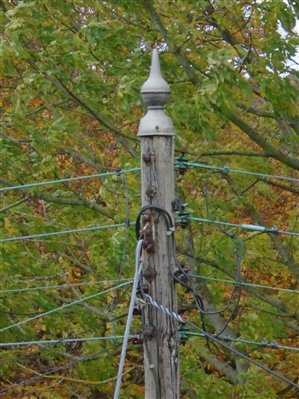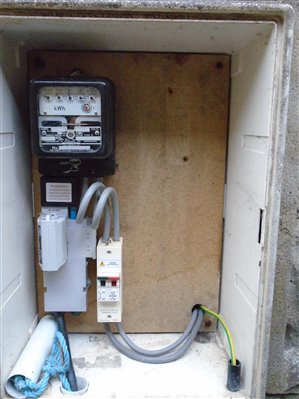My house was rewired for me 20 years ago by an NICEIC registered firm of electricians. Concurrently a new BS7870PVC concentric cable was run down a pole on my land from overhead cables, then underground and finally up a hockey stick into a DNO head in a new external meter cabinet. Separately a 10mm cable from a new earth rod was run up an adjacent tube, to a MET in the same cabinet. A conventional TT system, I presume.
The (then) new internal CU (less than 2m from this cabinet) was fitted with 2 x 30ma RCDs between them feeding 14 circuits. One of these (protected by a 16a MCB) goes to a detached fuel store (copper tube connects a steel oil tank to the central heating boiler within the house). Another (also protected by a 16a MCB) goes to a detached now metal framed greenhouse and adjacent twin garage. Sub distribution boards in each outbuilding are fused down to 15a radials to every twin socket and to 5a for lighting. There is no EV charger yet.
2.5mm 3core SWA cables connect the main CU to the sub distribution boards.
Does the armour in the SWA qualify as 10mm bonding ?
Should separate earth spikes be driven in, near the sub boards in each outbuilding? If so, how should the (3 core) SWA best be terminated at origin (CU) and at each outbuilding?


